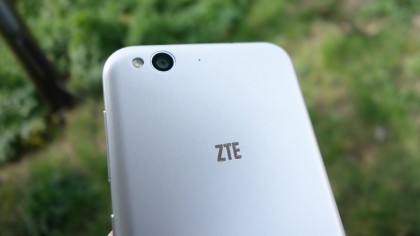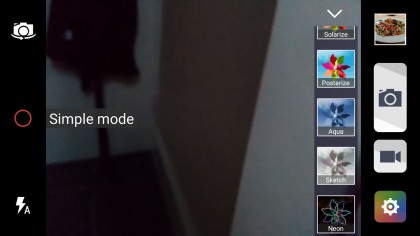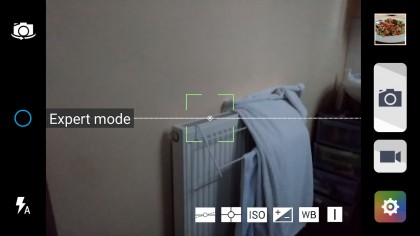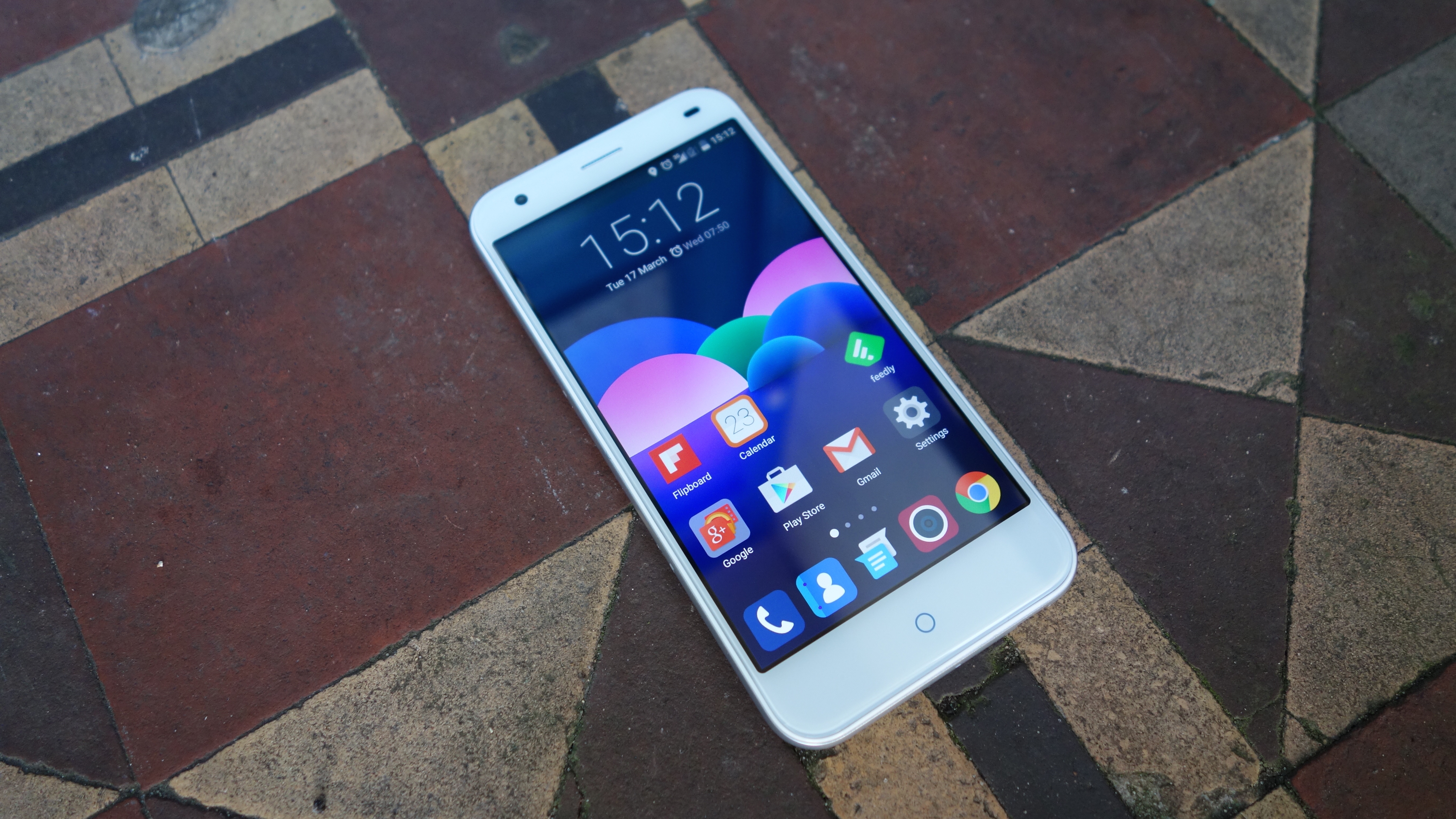Why you can trust TechRadar
One area that ZTE hasn't compromised on with the Blade S6 is the camera. It uses the popular 13-megapixel Sony IMX214 image sensor, which is the same component as can be found in the OnePlus One and the Xiaomi Mi 4 - two more well-specced, high-value Chinese smartphones.

The result is that the ZTE Blade S6 takes reliably decent pictures in good lighting, with accurate colours and a pleasant SLR-style depth-of-field effect when taking close-ups. Indoors and low-light shots are a little fuzzy and murky, but that's to be expected.
There's an HDR mode here that aids with those bright skies and deep shady areas, but my results with it were a little mixed. It invariably improved the skies in bright daytime shots, but the price for this tended to be a slightly false, otherworldly glow to the mid-ground or subject.
The Blade S6's camera app is a fairly accomplished affair, though it's a little dated in appearance, and would benefit from an update to fit with its Material Design surroundings.

It's perfectly functional, though. Opposite the main virtual shutter and video controls there's a prominent toggle (seemingly styled after the Blade S6's ugly capacitive home key) that switches between Simple and Expert modes.
Simple mode is the default point-and-shoot setting, and it's all you'll need for most shots - though of course there's the now obligatory range of filters to help jazz things up. Expert mode, however, brings up settings for ISO, white balance and exposure, as well as a handy level guide and a manual spot metering tool.

Video can be captured at 1080p, but the quality is nothing more than OK. There's no OIS to keep things steady, and the audio capture in particular is pretty sub-standard, but it does the job.
Sign up for breaking news, reviews, opinion, top tech deals, and more.
For such a cheap smartphone, the ZTE Blade S6's camera is excellent, and is certainly a good level or two above the likes of the Motorola Moto G and other Android phones in this very reasonable price range.

Jon is a freelance journalist who has been covering tech since the dawn of the smartphone era. Besides TechRadar, his words and pictures have appeared in The Telegraph, ShortList, Tech Advisor, Trusted Reviews, Expert Reviews, and more. He largely covers consumer technology, with a particular focus on smartphones and tablets. However, he's also been known to dabble in the worlds of entertainment and video games.
